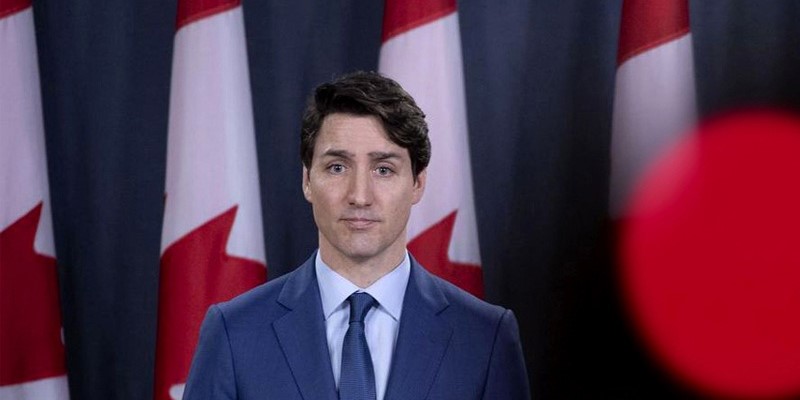Federal government should listen to Canadians and restrain spending in upcoming budget

The Trudeau government has repeatedly demonstrated a proclivity to increase spending and run deficits. Recent polling data shows that most Canadians are not in favour of this approach. When it tables its next budget on April 16, the government should listen to Canadians, restrain spending and provide a concrete plan to balance the budget.
The Trudeau government has increased spending substantially since taking office in 2015. When comparing the levels of inflation-adjusted, per-person program spending under every prime minister, Prime Minister Justin Trudeau has overseen the five-highest years of spending in the country’s history—even when COVID-related spending is excluded. Unsurprisingly, this proclivity to spend has resulted in eight consecutive deficits from 2015/16 to 2022/23, with another six planned from 2023/24 to 2028/29.
These eight years of borrowing have contributed to an $867.2 billion (or 82.0 per cent) increase in total gross government debt since 2014/15. Not only does this represent hundreds of billions that must be paid back by future generations, this debt run-up has also imposed significant costs on taxpayers through rising interest payments. In 2023/24, interest costs on federal government debt will reach a projected $46.5 billion—meaning more taxpayer dollars will go towards servicing debt than child-care benefits ($31.2 billion).
Again, while the Trudeau government was originally elected on the promise of higher spending for infrastructure and temporary deficits, recent polling data shows that Canadians are not happy with this approach—62.9 per cent of Canadians want the Trudeau government to cut spending. Conversely, less than a quarter (24.6 per cent) of respondents want the government to continue as planned (8.7 per cent want further increases in spending).
Of the respondents that feel the government should cut spending, 60.1 per cent want to use the savings to repay debt while 39.9 per cent want tax cuts. Debt reduction or tax relief would be a welcome development. But how much would the federal government need to cut spending to be in a position to balance the budget in the near future?
A recent study shows the federal government could simply limit the growth in annual program spending to 0.3 per cent for two years and balance the budget by 2026/27. In other words, the government could grow annual program spending by $2.9 billion from 2024/25 to 2026/27 and still balance the budget.
This is not to say the government wouldn’t face tough decisions in determining how to limit spending growth, and which areas of spending to target, but there’s a clear path to budget balance if the government wants to respect the wishes of most Canadians. And there are clear areas of spending where savings could be found.
For example, corporate welfare (i.e. government subsidies to businesses). Federal business subsidies nearly doubled from $6.5 billion in 2019 to $11.2 billion in 2022, yet research shows that they do little to promote economic growth and may actually harm the economy. Reducing or eliminating corporate welfare would help restrain overall spending.
After nearly a decade of growing spending and continuous deficits, Canadians have expressed a desire for the federal government to finally change its approach to fiscal policy. Through restrained spending there’s a clear path to a balanced budget that brings opportunities for debt reduction or tax relief—a path the Trudeau government can choose in its upcoming budget.
Authors:
Subscribe to the Fraser Institute
Get the latest news from the Fraser Institute on the latest research studies, news and events.

